List of Figures
Introduction
Background
Problem
Purpose
Scope
Discussion
Importance of Computer in Education
Survey
Condition of the University Computer Center
Solution
Cost Analysis
Conclusion
Glossary
References
Appendices
Appendix A: Actual Student Survey
Appendix B: Location of the UCC in SNU campus
Appendix C: Information of Automatic Seating System
Background
The UCC is built in 1999 in order to establish infrastructure of SNU network, improving the efficiency of the whole university. The chiefs of the UCC have been the professors of engineering department, who are more familiar with computer service. It aims to achieve the global standard of mobile environment while providing students with the easiest accessibility to best information.
Problem
According to Seoul National University’s 2006 data, it has 18,935 undergraduate students and 9,965 graduate students. This means that the school has apporximately 30,000 students a year. However, the UCC doesn’t have enough computers to cover the needs of students. The main problem is the lack of computers. Students who desperately need computers cannot use them on the proper time. It is hard to find vacant seats in the UCC after class is finished. Once students get the seat in the UCC, they don’t leave their seats because they know there will be no vacant seats if they leave. However, they step out from their seats when they have dinner or break time. During that time, they just leave their bags left on the computer seats so others can’t use those seats. Figure 1 shows the custom of leaving bags when students leave for a while. When we took pictures there were few students, so it doesn’t matter to have bags left. However, the same situation when there are many students is serious. This intensifies the insufficiency of seats.
During term paper season, the situation becomes worse. We can see a long line in front of the computer labs. Every student wants to use a computer to do an assignment. Nowadays computer is required to find information, write a term paper, or organize documents. On term paper season, the concentration of students’ usage becomes more serious and a monopoly of seats starts. Because the UCC doesn’t have any regulation on using computer, some students even use two computers. They just come early in the morning and take two or more seats. Reason that they take two or more seats is usually for their friends. They just hold on to seats until their friends come.
The UCC used to have the registration system like figure 2. They used program asking students to type their mySNU ID and password, the school account. Although this program didn’t have time limitation failing to solve the problem of insufficiency of seats, this was helpful to prevent the monopoly of seats. One student only can register for one seat. Nowadays, even this program doesn’t work well. Few computers are equipped with this program while most computers operate well without log-in process. Although students have the right to use the service of the school facility trying to learn something new, students cannot use computer adequately.
Students are also facing problems when they want to use special seats for printing and scanning. As printing and scanning is not the task being done frequently, few computers in the UCC are equipped with printers and scanners. The problem occurs when some students are using those special seats for other purposes. Because of the lack of usable computers, some students try to do their work at special seats. Students who need printers and scanners can’t use these facilities when they need them most. These devices are expensive and hard to find so it is impossible to ask students to use printers and
Kulik, Chen-Lin C.; Kulik, James A. “Effectiveness of Computer-Based Education in Colleges.” Education Resources Information Center. March, 1985. January 19, 2011.
.
Seoul National University Computer Center. Seoul National University. January 19, 2011.
.
Seoul National University Library-Library Guide. Seoul National University. January 19, 2011.
.
Schacter, John. The Impact of Education Technology on Student Achievement.” Milken Exchange on Education Technology. 1995. January 19, 2011.
.
“Solution”.Hodi. 2010. January 19, 2011. .

- 오늘 본 자료가 없습니다.
- 사회복지 공급주체에서 국가공급과 민간공급의 특징 및 장단점을 설명하고 최근 한국의 사회서비스산업 민영화 및 시장화에 대한 생각을 논하시오
- [사회복지정책론] 사회복지정책의 보편주의와 선별주의적 개념을 비교하여 설명하고 장단점에 따른 정책적 대안을 작성하시오
- 공공기관과 민간기관이 차지하는 사회적 영향력을 순기능적인 입장과 역기능적인 입장에서 토론해 보세요
- 사회복지의 공급주체에서 국가공급(공급)과 민간공급의 특징 및 장단점을 설명하고 최근 한국의 사회서비스사업 민영화 및 시장화에 대한 생각을 논하시오
- 고부갈등 정의,원인,유형,특징과 극복사례연구 및 고부갈등 문제점과 해결방안제시 및 나의의견정리 - 고부갈등 연구레포트
- 사회복지실천론] 사회복지사의 고유업무에 대하여 구체적인 예를 들어 논하시오
- 정신건강론] 태내기부터 성인기까지 가장 큰 정신건강 문제는 무엇이라고 생각하는지 그 이유와 개입 방안에 대하여 토론하시오
- 정보사회의 이론적 관점 5가지에 대하여 설명하시오
- 재분배성장이론과 기본수요이론은 공통적으로 분배를 통해 성장을 이끌어낼 수 있다는 낙관적 전망에 기초하고 있다 현재 우리의 정치권에서도 이를 차용한 주장이 제기되고 있으며, 실제 문재인 행정부는 이를 적극 활용한 바 있다 이들 이론의 주요 내용과 문제점 그리고 우리나라에 도입된 정책들을 자유롭게 논의하시오
- 외부 과제물 사이트 등을 통해 구입한 과제물을 사용하는 것은 반드시 적발되어 0점 처리를 받게 되므로 합리적인 행동으로 보기 어렵다 그럼에도 이러한 현상이 존재하는 이유에 대하여 1) 한 학기 동안 행동경제학 강의에서 배운 개념들을 자유롭게 활용하여 그 원인을 분석하고 2) 분석한 원인을 바탕으로 이러한 현상을 줄일 수 있는 해결 방안을 제시해보라
해당 정보 및 게시물의 저작권과 기타 법적 책임은 자료 등록자에게 있습니다. 위 정보 및 게시물 내용의 불법적 이용,무단 전재·배포는 금지되어 있습니다. 저작권침해, 명예훼손 등 분쟁요소 발견 시 고객센터에 신고해 주시기 바랍니다.



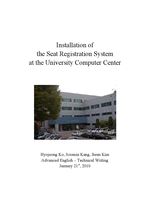
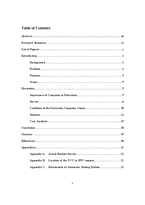
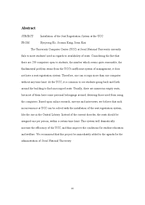

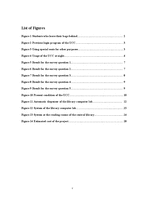
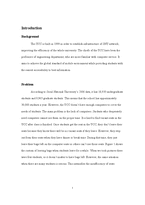
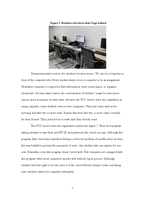
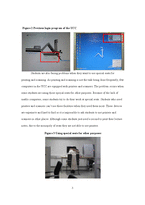
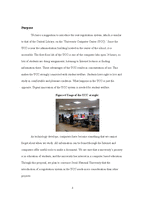
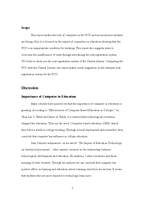
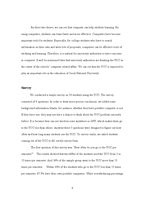
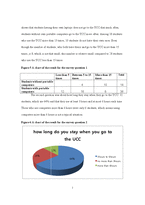

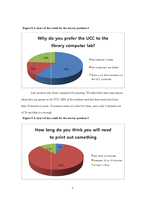

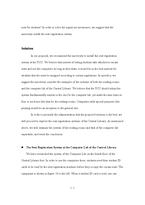
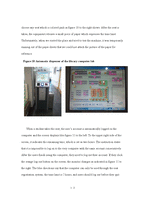
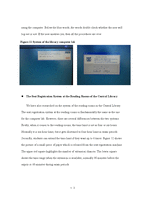

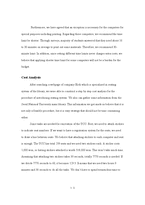
 분야
분야

